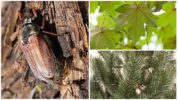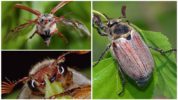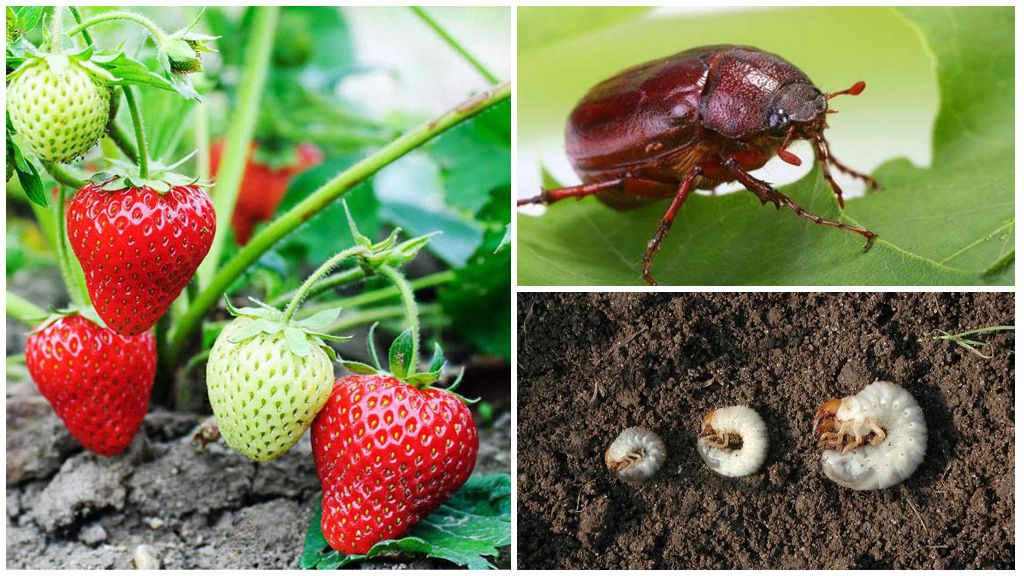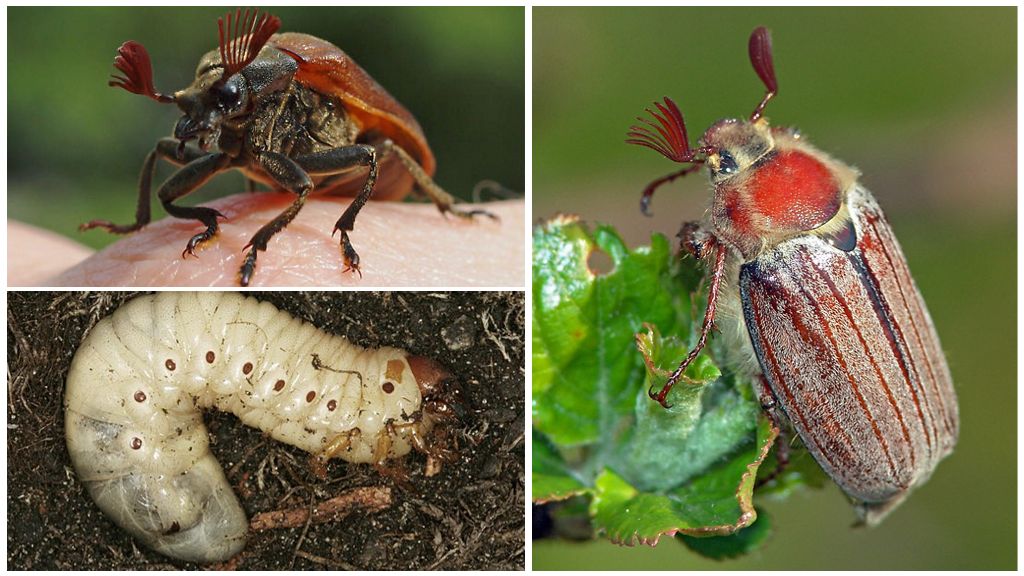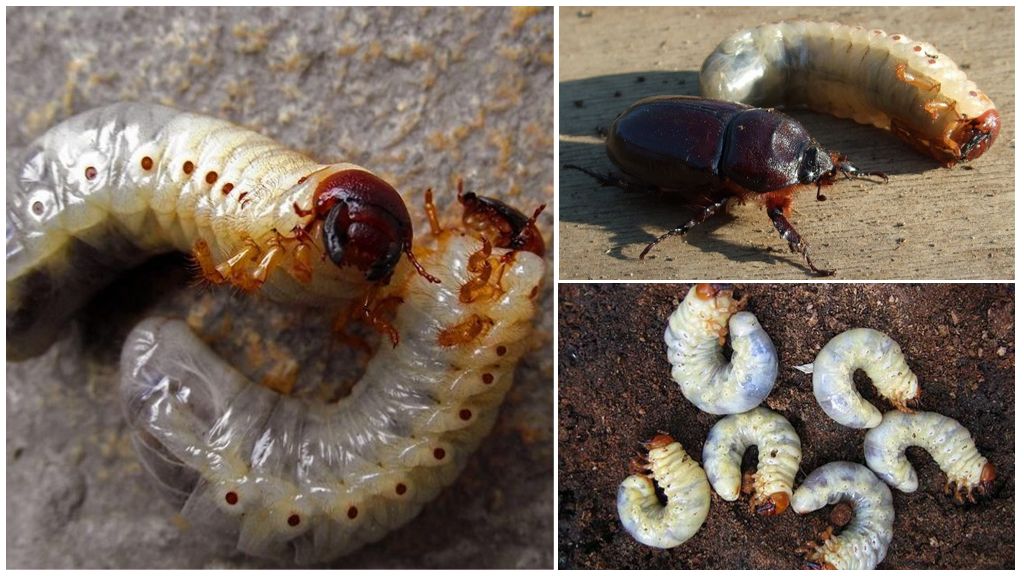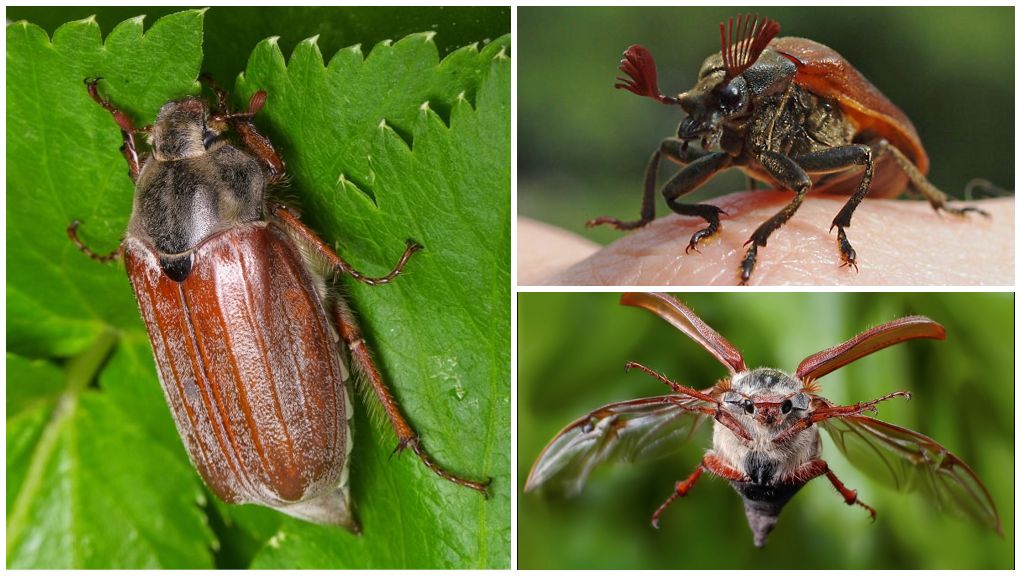- Maybug Diet
- Chafer
Almost every person living in central Russia or in its European part has at least once encountered such a phenomenon as an invasion May beetles. Usually for children this event is entertaining in nature. Large and loudly buzzing insects tend to fly around a street lamp at dusk. Knocking on glass and burning, they fall down and fall into the hands of young naturalists. But few thought what the May bugs eat.
Important!
In addition to fun for children, these insects are pests of the crown of trees. Sometimes their invasion leaves behind a serious and irreparable consequences. Trees lose part of the crown, which causes photosynthesis to be disrupted, and the plant cannot receive good nutrition. This factor leads to a decrease in productivity or even to the death of a representative of the flora.
Maybug Diet
What the May beetles eat depends on its habitat. The area of this representative of the winged wing detachment occupies a vast territory. May chafer can be found in central Russia from the Leningrad Region to Western Siberia and the Altai Territory, as well as on the Crimean Peninsula, the Caucasus, and in European countries. And wherever he lives, everywhere he has an excellent appetite.
Adult May beetles eagerly eat foliage and needles of trees such as:
- maple;
- Pine;
- spruce;
- Linden;
- Birch;
- alder;
- cherry;
- plum;
- honeysuckle;
- grapes;
- dogrose and many others.
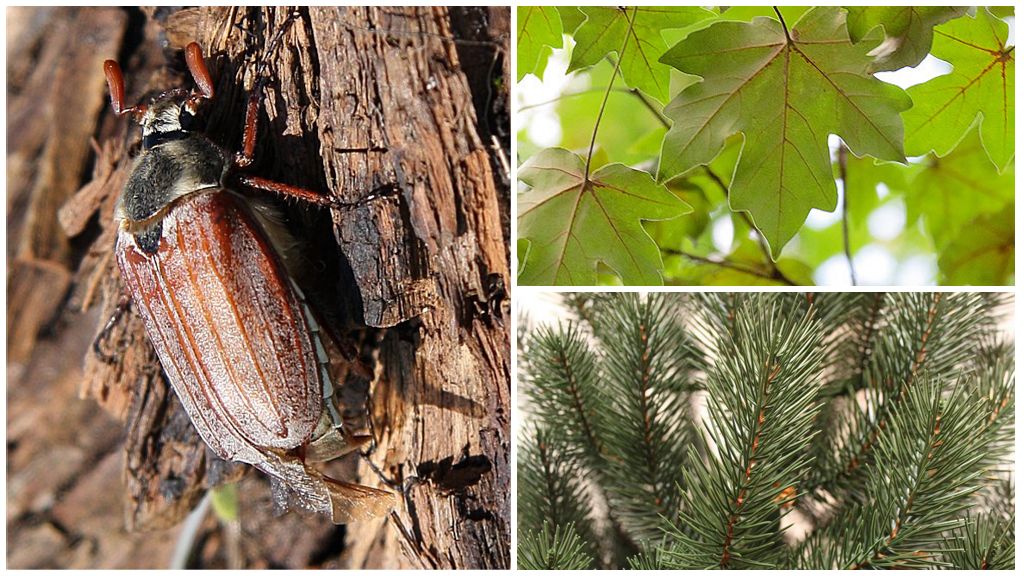
Such a wide diet allows Khrushchev to feel at ease in any region. Closely related to May Khrushchev are june June and bronze, which many mistakenly call the green chafer. All these representatives of the same family in nature feed on the same plants and cause irreparable harm to the fauna.
Larvae feeding
May beetle in the adult stage is not as dangerous as its larva. She appears in the ground, where a female Khrushchev lays her eggs in early summer. In soft, loose soil, the Maybug larva feeds on the underground parts of plants. In the first summer of its life, a caterpillar loves to feast on the soft and thin roots of grasses and crops. With the onset of cold weather, the larva burrows deep into the ground, where it hibernates.
On a note!
The harm caused by one individual in the larval stage is a long-term eating of roots, which makes May beetles the most dangerous insects for representatives of the flora.
The second summer, the pest also lives in the ground, but can already feed on more powerful roots of shrubs and even trees. Most often, pine and aspen suffer from underground inhabitants. Trees begin to wilt, weaken. And the larva becomes more and more voracious. Some individuals may exceed 5 cm in length.
The harm and benefits of may bugs
Many forest beetles, in addition to harmful effects on plants, can have a positive effect. They process rotten tree trunks, turning them into humus. May Khrushchev does not belong to such types of orderlies in the forest. What the May beetles eat refers to living and often young plants. Destruction of buds, young foliage, needles, inflorescences of trees and shrubs, as well as their root system, leads to their disease and death.
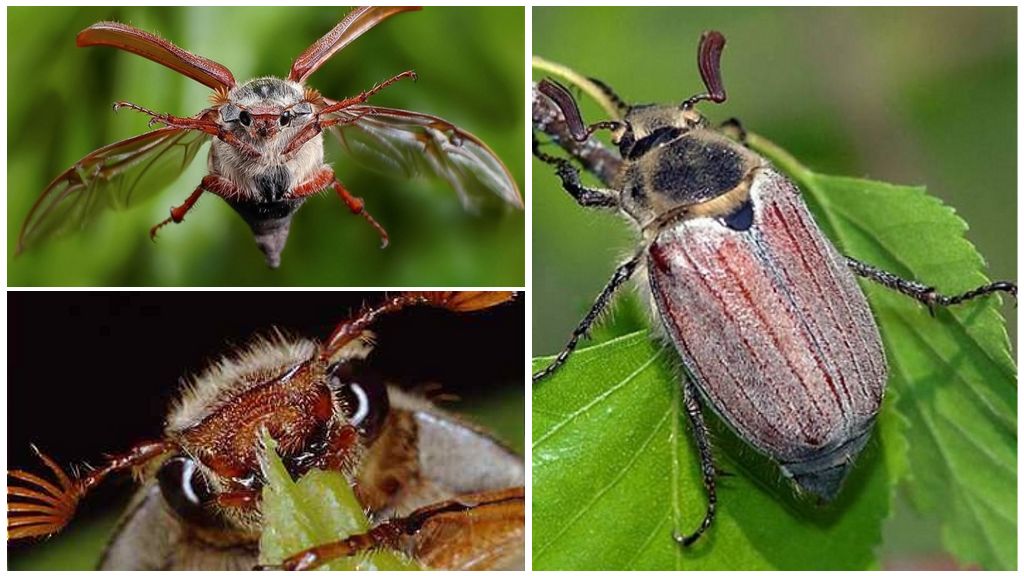
Why do we need a bug? in an ecosystem, it's hard to understand. Its larvae loosen the soil and enrich it with oxygen.But this is a controversial benefit, given the damage they cause to plant roots. If you approach the issue from the point of view of predators, then the May beetles are needed to replenish the diet of birds. Enemies of beetle caterpillars are wasps of Typhus and several species of flies whose larvae parasitize in the body of the pest.
That's who the voracious caterpillars benefit, so it's the fishermen. On this bait such fish species as:
- chub;
- bream;
- perch;
- ide;
- zander and other fish species.
Fans of fishing can easily find bait in the upper layers of the soil, collecting them manually. Caught fish brings joy to the fisherman, but this does not make the existence of this pest useful.
For a child who is keen on finding unusual insects, this particular khrushch is of interest. Some young naturalists try to keep an insect at home. At home, May beetles feed on young buds, twigs, inflorescences, slices of vegetables. Guys who do not know that at home May bugs eat, try to feed them sausage, fruits and other goodies. Beetles quickly die from such a menu.
The most shy children, instead of feeding the May bug and caring for it, tie a thread to its paws and launch it like a kite. The insect tries to fly away, but the thread does not allow him to do it. Other bullies put the horsetail in closed boxes and listen to them buzzing there. But such an attitude towards living beings, even towards pests of gardensis not exemplary.
